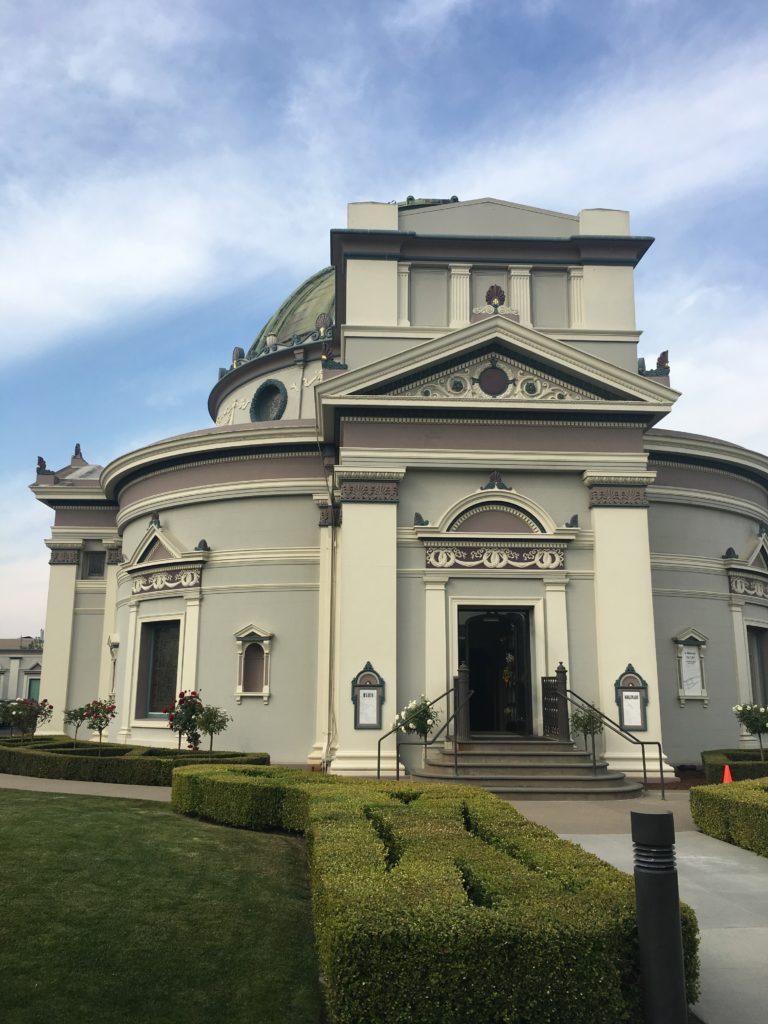This 1 of 1 NFT, Fiendish Angel Wings with Vasculature, was inspired by my short story trilogy, A Thousand Fiendish Angels, which in turn was inspired by Dante's Inferno.
“I saw more than a thousand fiendish angels perching above the gates, enraged and screaming: ‘Who is this one who comes, and without death, dares walk into the kingdom of the dead?’” Inferno Canto VIII, Dante Alighieri
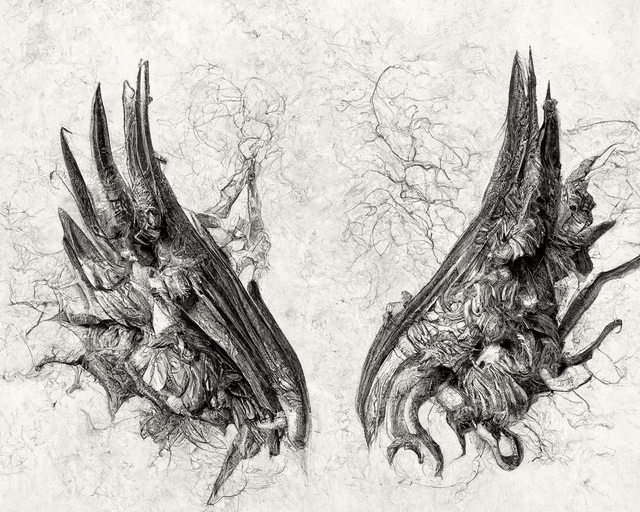
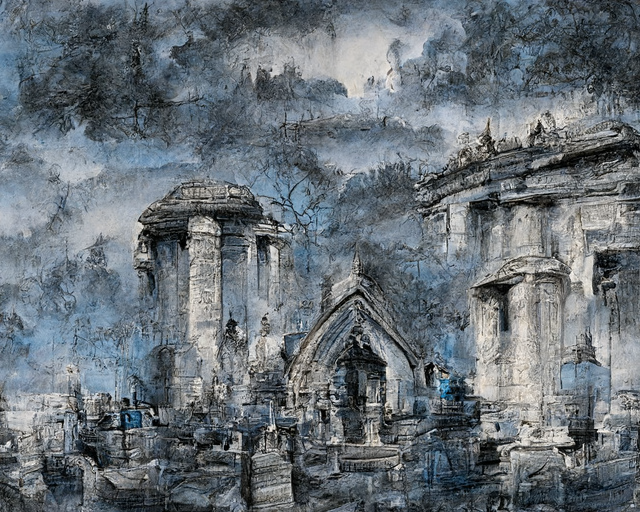
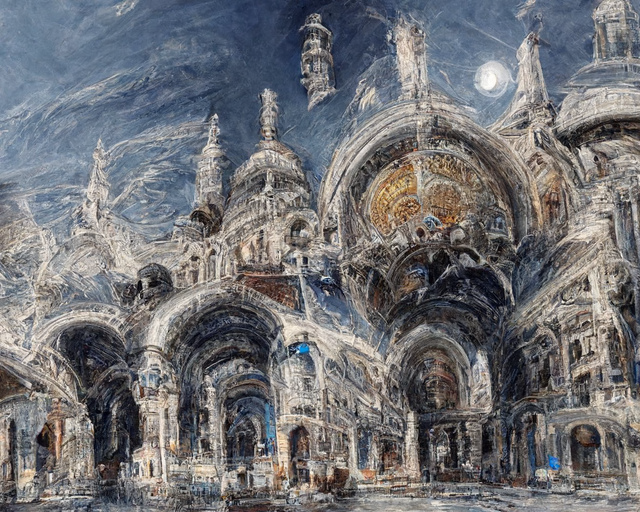
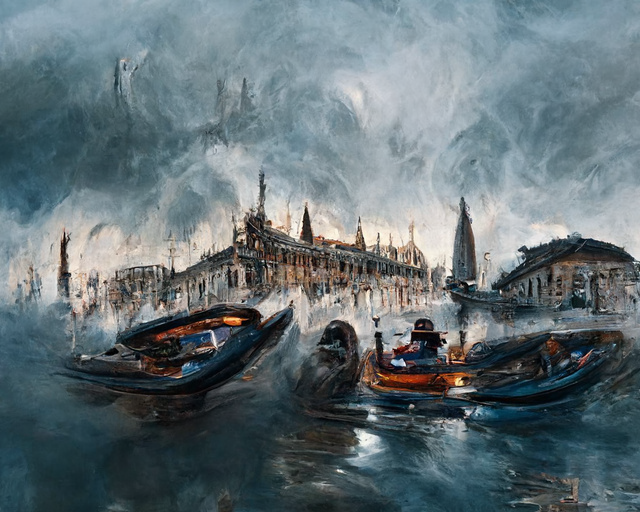
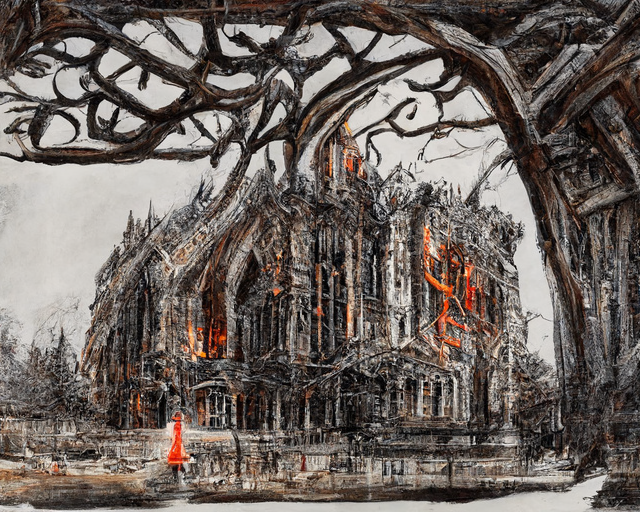

 But it also has a rich religious history and some unusual places to visit if you want to venture further than the Golden Gate Bridge.
But it also has a rich religious history and some unusual places to visit if you want to venture further than the Golden Gate Bridge.